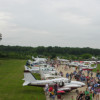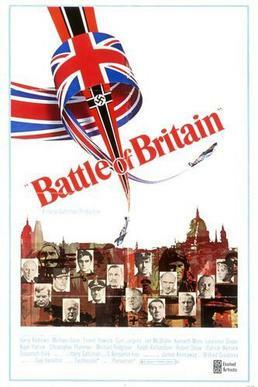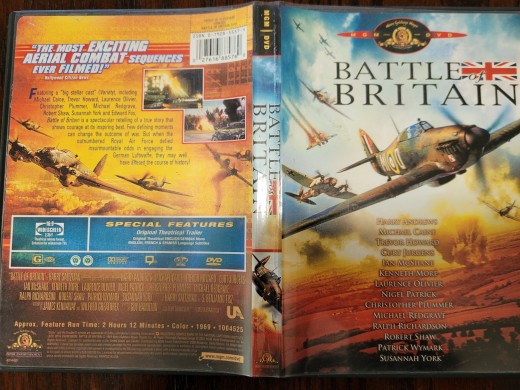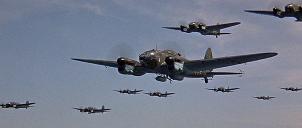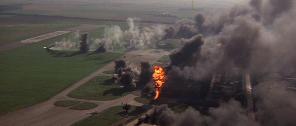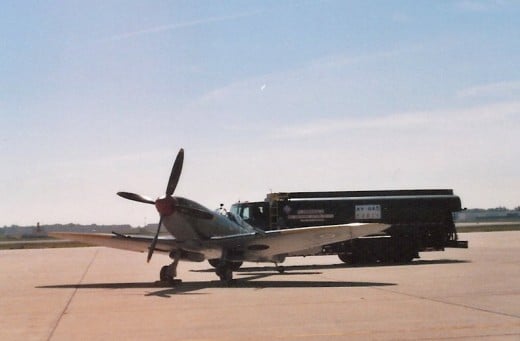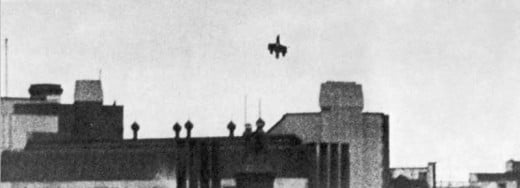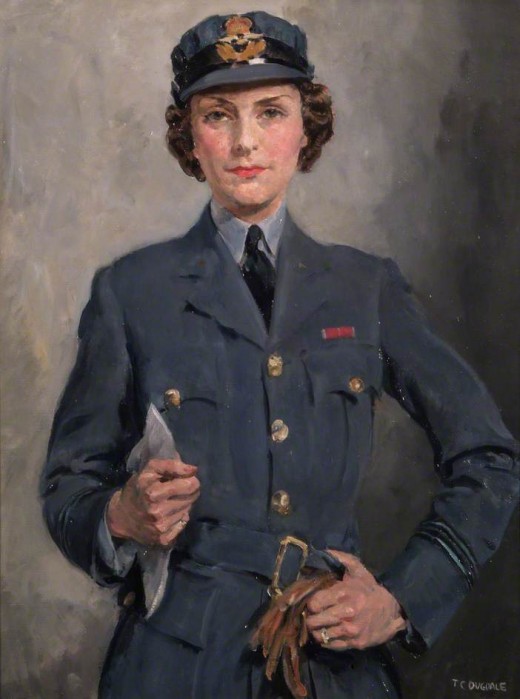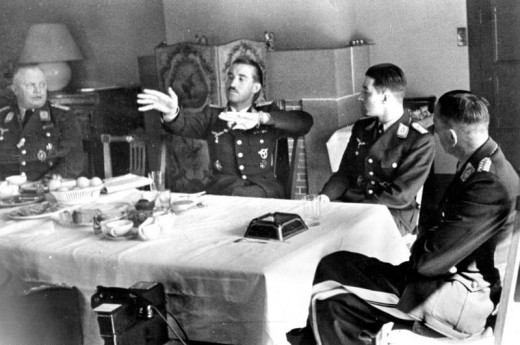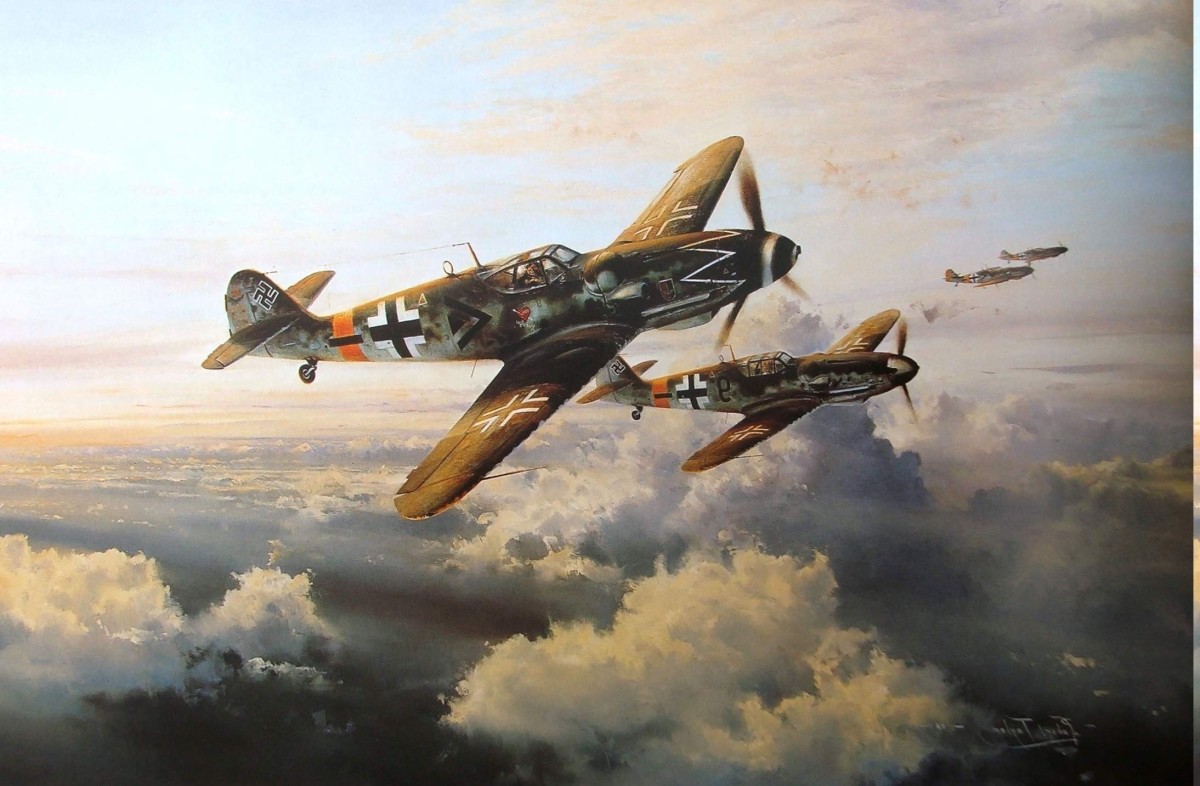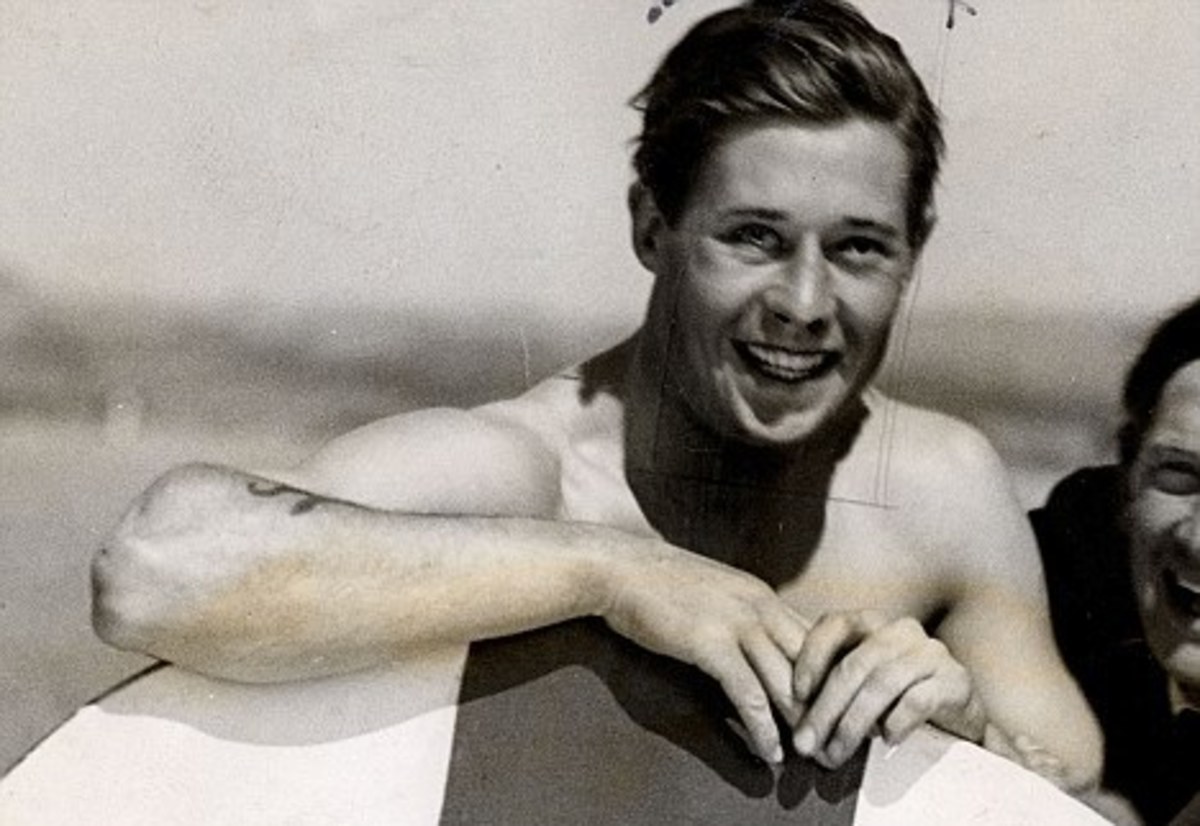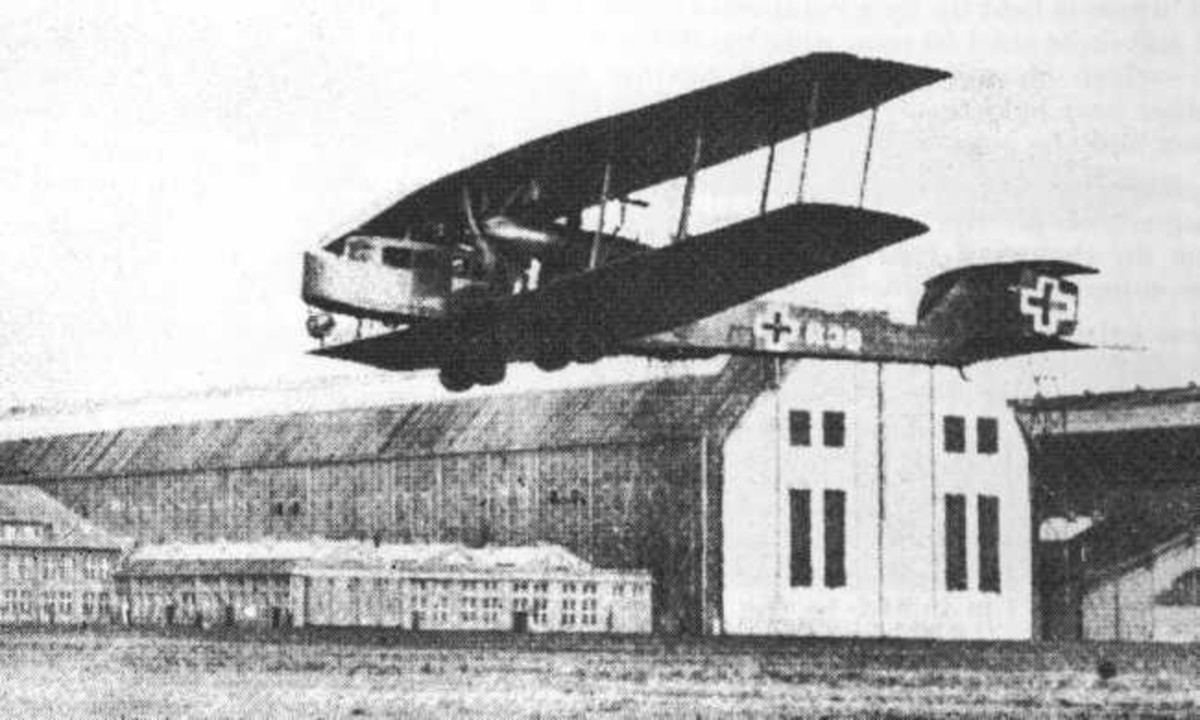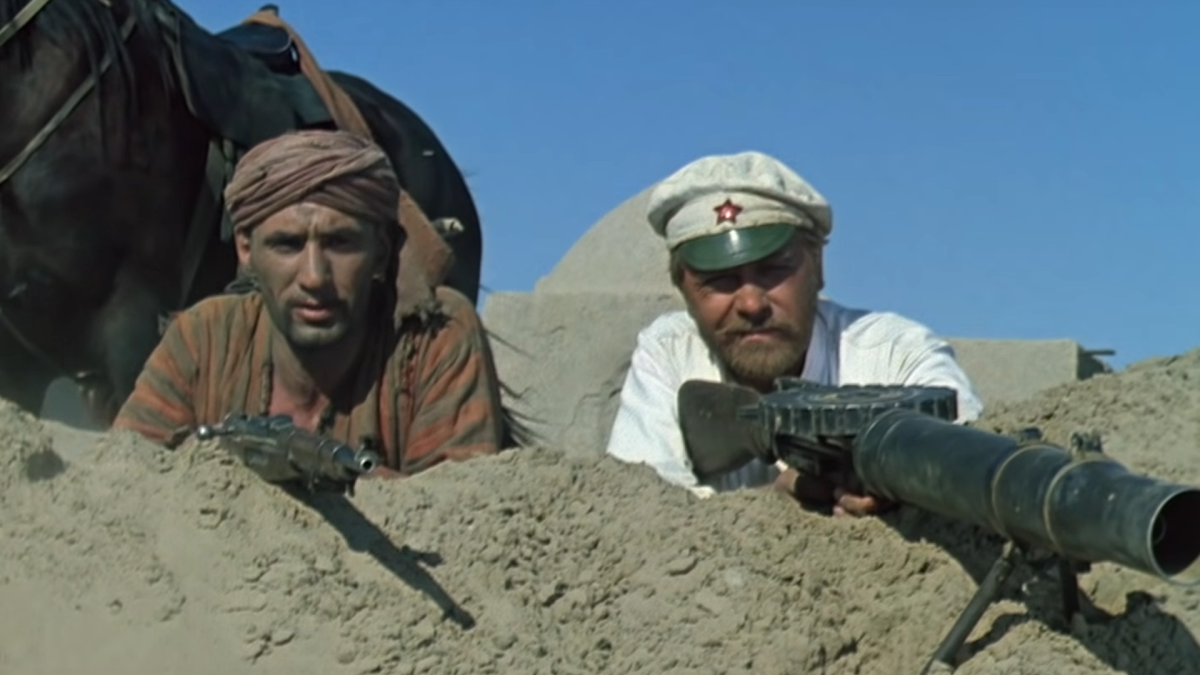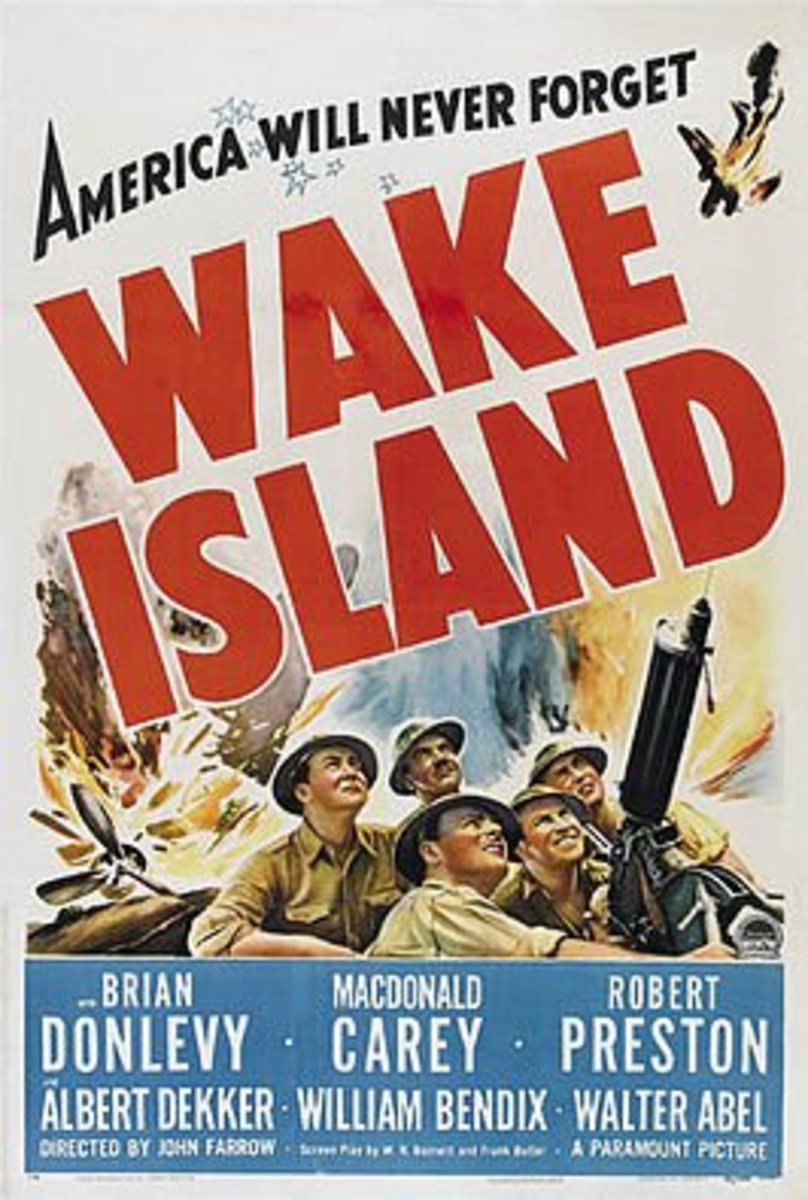Battle of Britain – The Movie





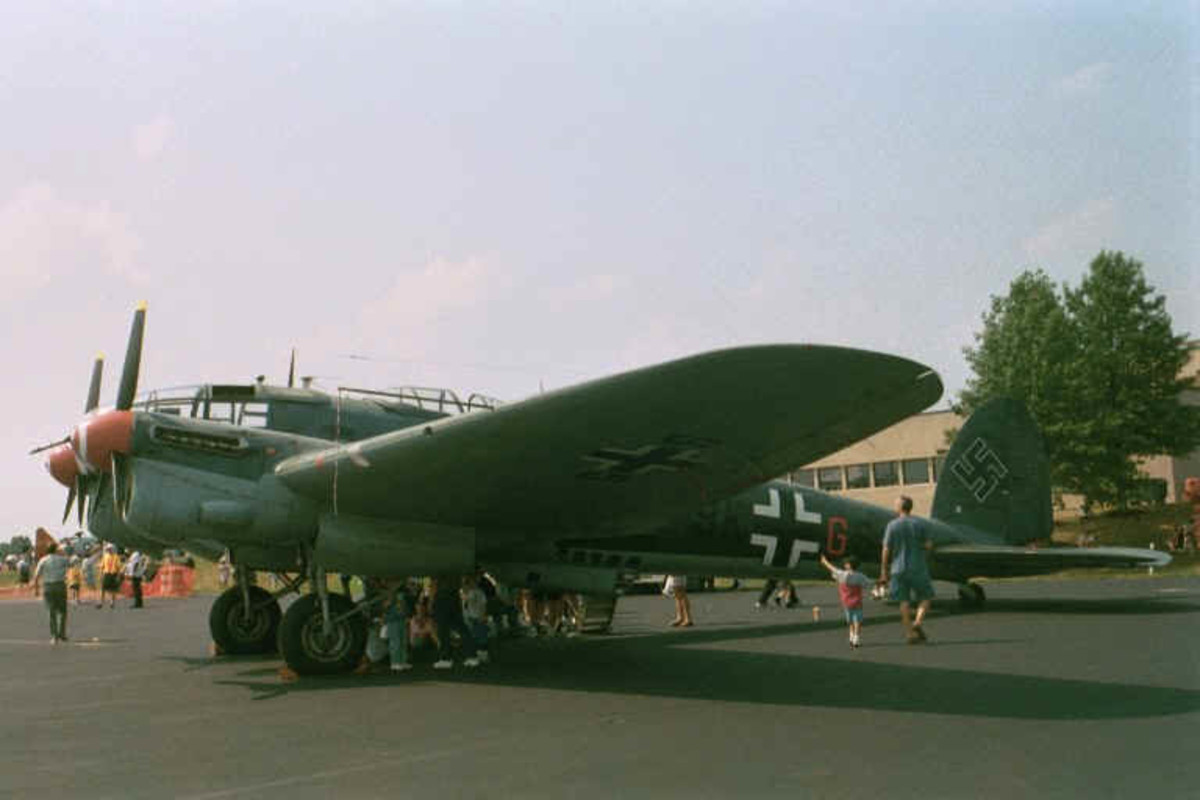

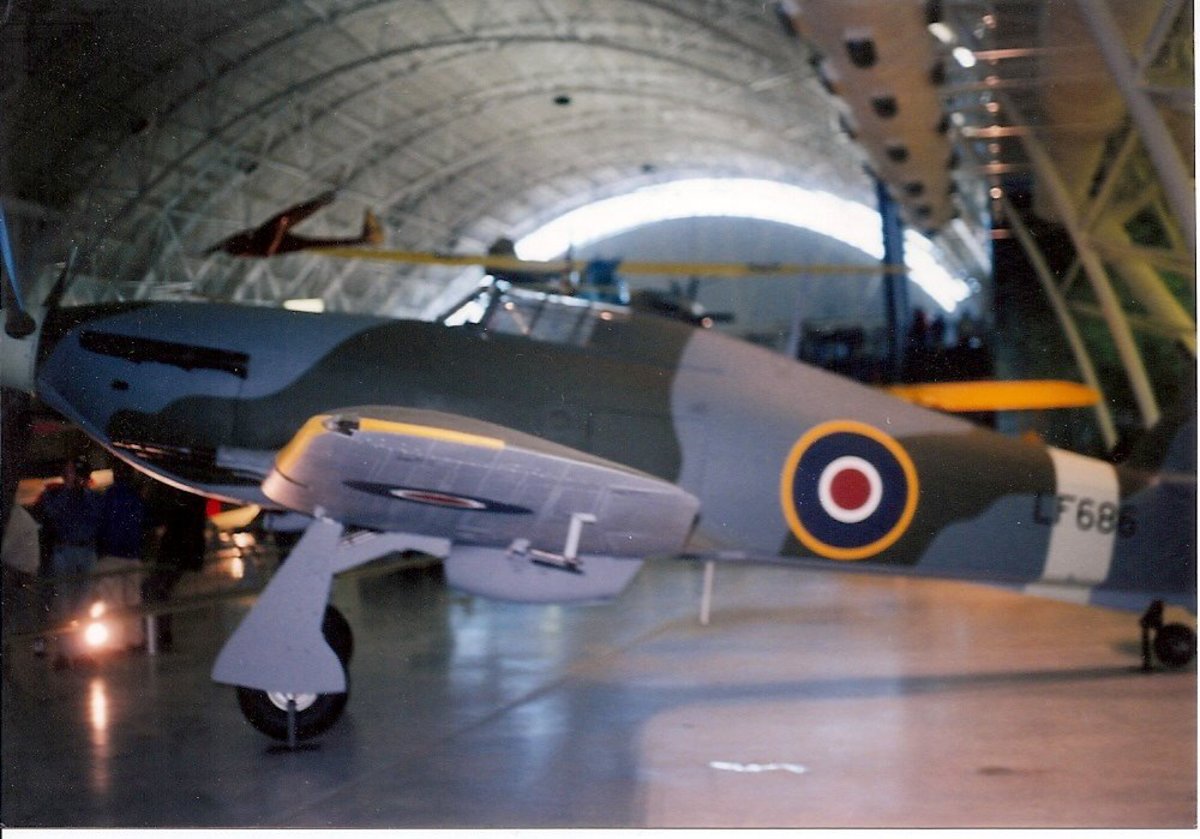

Overview
This 1969 movie is about the July 10 – October 31, 1940, air campaign Germany launched against Britain. The movie used about 70 vintage aircraft and was the first movie to use radio-controlled models. The movie had a cast of famous and up and coming actors. It had veterans of both sides of the battle as technical advisors. The climactic air battle is set to music, “Battle in the Air” by Sir William Walton. Many scenes are taken from actual events, but I don’t believe the movie falls in the category of docudrama. There are historic figures, some of the lower ranking characters are based on real people but the characters have different names. Spoiler: The British won.
The movie got a G rating in America. It probably would get a PG rating today. The UK gave it a U rating when released and its 2005 video got a PG rating. In International Movie Database (IMDB) terms it has mild: nudity, gore, and profanity.[i]
Battle of Britain failed at the box office. Roger Ebert slammed the film and gave it one out of four stars.[ii] The New York Daily News gave it three out of four stars. Battle of Britain opened the same day as Butch Cassidy and the Sundance Kid, the highest grossing film in America for 1969. There are claims because of Vietnam audiences soured on war movies. There is a long list of war movie flops around that time, but in 1970 M*A*S*H and Patton were box office successes. There were no American characters in the Battle of Britain. Often movies about the British put in an American character for the American audience. The Bridge on The River Kwai had Shears (William Holden), a character who wasn’t in the book. How much each of these factors contributed to Battle of Britain being a box office bomb is pure speculation.
Some aspects of the movie are both strengths and weaknesses. There is a lot of subject matter to cover and no one person did everything. Characters have relatively small parts. This is accurate but people who want to know enough about characters to care about them would probably be disappointed. The air combat scenes are long with no trick maneuvers some may find them boring. Shootdown sequences are often repeated. They are better than the gun camera and other file footage often used for movies of the era.
[i] IMDB, Battle of Britain (1969) - Parents guide - IMDb, last accessed 7/16/25.
[ii] “Battle of Britain” by Roger Ebert, November 3, 1969, Battle of Britain movie review (1969) | Roger Ebert, last accessed 7/16/25.
Main Plot
The movie opens with a Hawker Hurricane in a turn and a victory roll. It flies over a British tank followed by a long throng of civilians. The French and British are in full retreat. There’s a view of the Dunkirk beach and a radio announcement “The Battle of France” is over and “The Battle of Britain” is next. The opening title sequence has a Ju-52 flying a general to an airfield. The general’s motorcade takes them past troops and He 111s[i] to the tune of the Luftwaffe March.
The British, including the Royal Air Force (RAF) pilots, are in bad shape. A briefing explains the British defense, including their radar reporting system. Germany has a 4:1 aircraft advantage over Britain. If Germany gets air supremacy over Britain, Britain will be conquered. Unlike the British, the Germans have first class accommodations and amenities. The Germans are overconfident. The RAF pilots are eager to get a chance at the Germans.
The first air battle has Stukas striking a radar station when Spitfires go on the attack. The Spitfires shootdown the Stukas, including the obligatory bad guy midair collision, in a one-sided air battle. The Stukas disabled the radar station. The British have to depend on the Observer Corps, which gave adequate warning. An airfield received warning of approaching bombers. The airfield personnel apparently thought it was another drill. Exploding bombs bring the reality home.
Both sides realized the enemy losses were exaggerated. The British maintain a 2:1 kill to loss ratio over the Germans. Good, but not good enough. The British need a breather when fate intervenes. An off-course German bomber unit drops their bombs, believing they were not over London, on London. The RAF retaliate by bombing Berlin. Berlin is a city with night lights and night life. The air raid sirens cause pandemonium. Hitler (Rolf Stiefel) gives a speech promising London will get bombed 100 times worse.
Many Luftwaffe fighters and bombers join the fight against Britain. The Luftwaffe bombs London day and night. A scene shows fire and rescue workers, along with volunteers, at work while a bombing is in progress.
The London bombing gives Fighter Command a respite from attacks on its airfields. The RAF makes its foreign squadrons operational. This distance Luftwaffe aircraft must fly to London gives Fighter Command time to form “The Big Wing.” Bf 109s only have a few extra minutes of fuel when they fly to London.
In the climactic air battle Fighter Command has nothing in reserve. In London, people are living in the Underground stations. At 9 PM the BBC announces the RAF shot down 165 enemy aircraft for the loss of 30 and ten of their pilots are safe. The people cheer.
Luftwaffe losses are prohibitive and they stop bombing Britain and give up their invasion plans. German army troops turn in their life jackets and march off. Hermann Göring (Hein Riess) shouts “you have betrayed me!” as his train pulls away.
[i] The He 111s are CASA 2.111s and the Bf 109s are HA-1112-M1Ls. These were built under license. Both use Rolls-Royce Merlin engines.
Subplots
The Polish and other foreign units are an issue. The party line is the language barrier would make them a hinderance instead of an asset in combat. A Polish squadron makes an appearance relatively late in the movie. After a Polish squadron proves itself in combat, Air Chief Marshal Sir Hugh Dowding (Lawrence Olivier) admits, “I was wrong about the Poles.” He then agrees to activate all foreign squadrons, admitting, “We need them all.” There was also some comedy about the language barrier.
The longest subplot is marital problems between Squadron Leader Colin Havey (Christopher Plummer) and Section Officer Maggie Harvey (Susannah York). It has open questions whether Maggie being in the WRAF caused the marital problems or aggravated them. Colin wants Maggie to apply for a posting near where he is stationed. Maggie doesn’t get around to applying. Their night together in a hotel room is awkward. The Germans bombing London led to another of Maggie’s missteps. What will become of their marriage is left up in the air.
The Harvey Marriage?
Facts & Myths
A major air battle is forming, and Air Vice Marshal Keith Park (Trevor Howard) orders a Polish training squadron to land. The order is relayed to the unit’s commander, Squadron Leader Edwards (Barry Foster), who calls out the vector as a Polish pilot spots German bombers and announces it in Polish, which Edwards doesn’t understand. The excited Poles go on the attack. This scene and the aftermath are based on an actual occurrence. Flying Officer Ludwik Paszkiewicz of No. 303 Squadron, then a training squadron, spotted an enemy aircraft. He shot it down. Squadron Leader Ronald Kellett officially reprimanded Paszkiewicz and unofficially congratulated him. Pazkiewicz shot down five other enemy aircraft before he was shot down and killed on September 27, 1940. [i]
In an early scene Squadron Leader Evans (W.G. Foxley) appeared as one of the officers learning about the RAF warning system. He stands out because he is disfigured. Later in the movie Group Captain Baker (Kenneth More) introduces Evans to Section Officer Harvey. Harvey has trouble looking at Evans. W.G. Foxley is believed to be the most badly burned airman to survive WWII. He was a navigator in a bomber that crashed after takeoff. He received the burns while rescuing a trapped crew member. [ii] Dr. Archibald McIndoe, made great strides in plastic surgery. He treated many RAF crew members who sustained horrific burns. Dr. McIndoe also had his patients go out into the community so they could get use to reactions from others. [iii]
After an airfield bombing there are gasoline fumes in the air. Section Officer Harvey walks to where the bodies of her women were lined up. She took out a cigarette to calm her nerves. Warrant Officer Warwick (Michael Bates), who is outside normal speaking range, is shouting orders to enlisted men. He spots Harvey and yells at her to put out her cigarette. Harvey yells back, “Don’t you yell at me, Mr. Warrick!” This happened when Air Commodore Dame Felicity Peake was a Section Officer in 1940. [iv] An August 30 attack on RAF Biggin Hill killed 30 ground personnel including two women, Aircraftwoman 1st Class (ACW1) Edna Button and NAAF1 lady Mary Cremin. [v]
The battle depicted where bombers came from Norway without fighter escort when the Spitfires attacked seems to be based on an August 15 battle. The He 111s had a Bf 110 escort, not depicted in the movie because there weren’t any flying examples. The He 111 bombings were scattered and didn’t strike their targets. Spitfires shot down six of the outnumbered Bf 110s. Fifty Ju 88s, not depicted because there were no flyable examples, flew without escort and British fighters shot six down. The Ju 88s accurately bombed Driffield, a bomber base. [vi] The Luftwaffe lost 75 aircraft that day and the RAF lost 34 aircraft in air combat. The Luftwaffe lost more aircraft on August 15th than any other day during the Battle of Britain. RAF Fighter Command flew 974 sorties. [vii]
A scene where Hermann Göring, after demanding the fighters fly closer to the bombers, asks if Majors Föhn (Paul Neuhaus) or Falke (Manfred Reddeman) need anything. Major Falke says, “Yes, sir, Reichsmarschall. Give me a squadron of Spitfires.” Generalleutnant Adolf Galland explained the exchange in his book “The First and The Last.” Galland knew he made a gaffe. He preferred the Bf 109 to the Spitfire but giving the bombers a close escort would mean turning dogfights where Spitfires had the advantage.
The movie lionized the Spitfire. It was superior to the Hurricane in many ways. Hurricane fans point out Hurricanes shot down more enemy aircraft in The Battle of Britain. One advantage the Hurricane had over the Spitfire was it could take more battle damage. An important advantage when dealing with bombers.
The climactic battle was obviously the September 15 air battle where the Luftwaffe lost 60 aircraft to the RAF’s 30. The London Telegraph headlined “175 Raiders Down: One in Two Destroyed.” [viii] German losses were about 5.4% of their 1,120 aircraft (620 fighters, 500 bombers) sortied. RAF fighter command sent up 630 fighters, about 4.8% lost. After this Battle the Germans postponed and eventually canceled the invasion of Britain.
The movie gives the impression the German planes stopped coming. The Battle of Britain ended on October 31, 1940. The night raids, nicknamed The Blitz, continued until May 11, 1941. Then the Germans moved many of their air units in preparation for their attack on The Soviet Union. Aerial bombardment against Britain continued intermittently until March 29, 1945. Aerial bombardment killed 60,585 civilians in Britain. [ix]
[i] Hillingdon, London, “Flying Officer Ludwik Paszkiewicz”, Flying Officer Ludwik Paszkiewicz - Hillingdon Council, last accessed 7/23/25.
[ii] Telegraph, “Bill Foxley” December 15, 2000, https://www.telegraph.co.uk/news/obituaries/military-obituaries/air-force-obituaries/8204673/Bill-Foxley.html, last accessed 7/24/25. Foxley was a navigator on a training flight that crashed shortly after takeoff. He received his burns while rescuing a fellow crew member.
[iii] Dr. Kirby’s Blog, “How Wars, Duels and a Few Great Minds Changed Plastic Surgery Forever by Emily J. Kirby MD, June 27, 1917, https://www.kirbyplasticsurgery.com/blog/plastic-surgery-history-wartime/, last accessed 7/26/25. Article links to a video where W.G. Foxley tells his and Dr. McIndoe’s story. Video shows graphic images of burn patients.
[iv] International Movie Database, Battle of Britain (1969) - Trivia - IMDb, last accessed 7/26/25.
[v] Keymilitary.com “The Many: RAF Ground Crew in the Battle of Britain” by Chris Goss, August 23, 2018. The RAF lost 535 aircrew and 312 ground personnel to all causes during the Battle of Britain.
[vi] The Luftwaffe War Diaries by Cajus Bekker © 1966 by Macdonald & Company, Ltd.
[vii] The Battle of Britain by Richard Hough and Dennis Richards © 1989.
[viii] The Battle of Britain by Richard Hough and Dennis Richards © 1989. P.366.
[ix] World War II Almanac 1931-1945 by Robert Goralski © 1981. P.402.



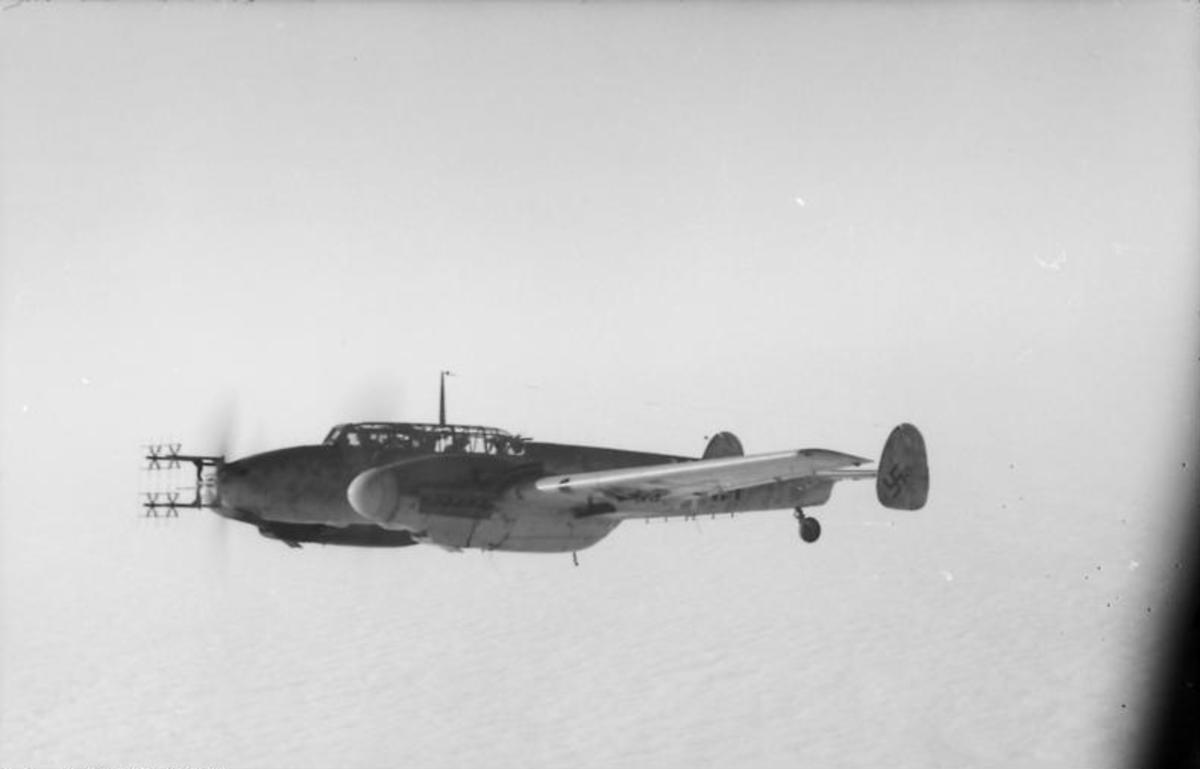
Battle of Britain movie
This content is accurate and true to the best of the author’s knowledge and is not meant to substitute for formal and individualized advice from a qualified professional.
© 2025 Robert Sacchi
